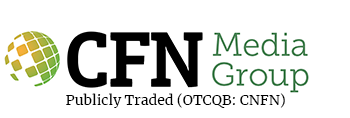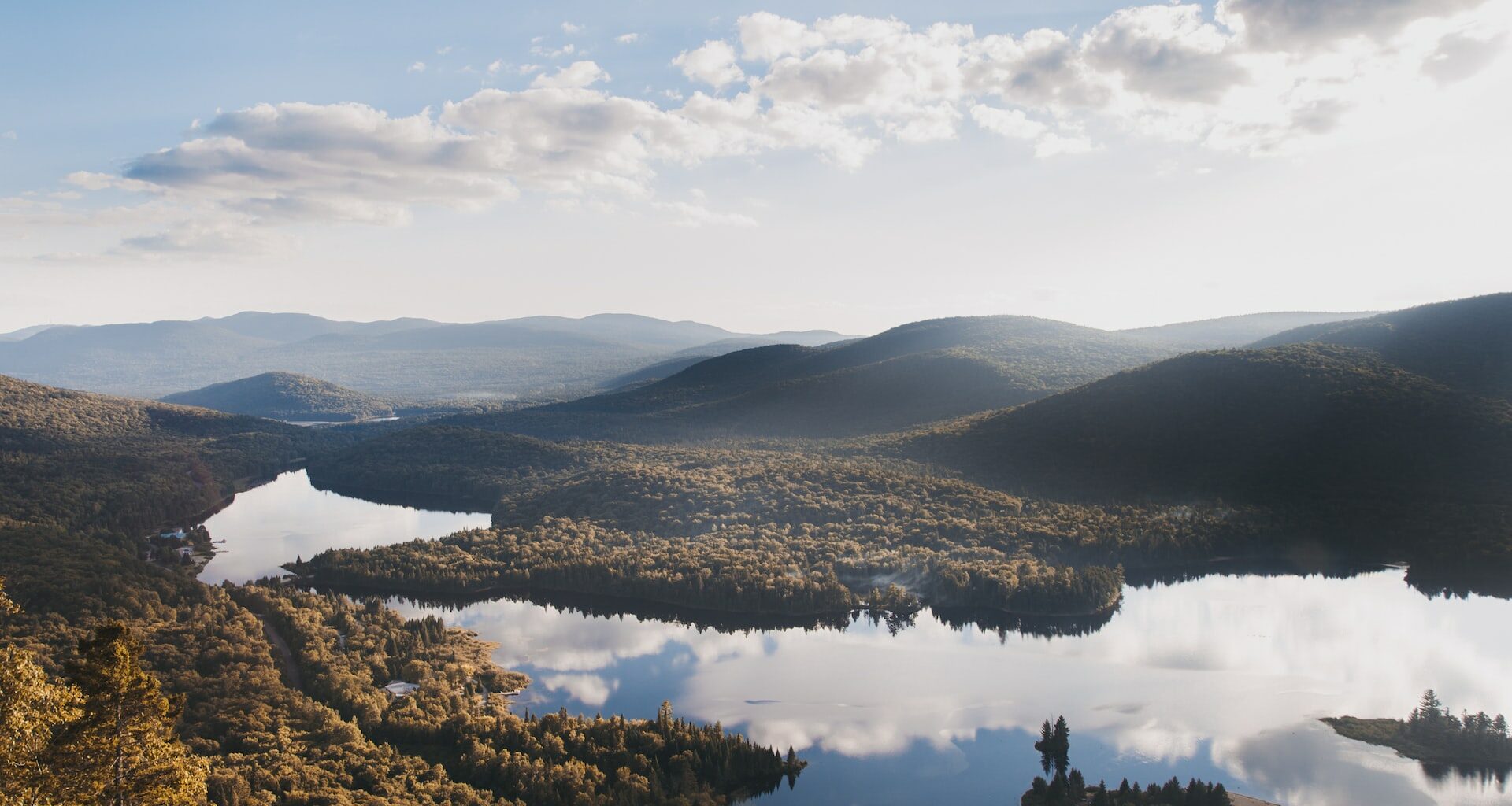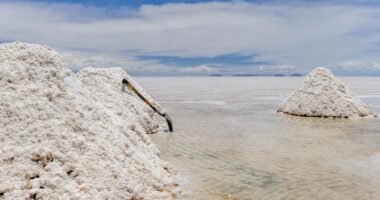Canadian Region Hosts Richest Deposits in the World
As the quest for carbon-neutral and zero-emissions energy sources continues across the globe, the search for specific minerals critical to clean energy technologies has intensified. Geopolitical factors like Russian and Chinese control of certain markets only add to the pressure in the Western democracies. This dynamic has led many nations to encourage exploration and development of domestic and friendly supplies of what they consider to be Critical Minerals. In Canada uranium is on the Critical Mineral list, while the United States separates out what it considers to be essential fuel minerals like uranium from its own critical mineral list. Uranium is necessary for safe development of zero-emission nuclear energy.
Russia provides about 35% of enriched uranium globally and according to the World Nuclear Association (WNA) has the biggest enrichment capacity in the world, with China ranked second. Meanwhile, Canada is home to the world’s richest uranium deposits in the Athabasca Basin of northern Saskatchewan. The area hosts the world’s largest high-grade deposits, with grades that are 10 to 100 times greater than the average grade of deposits mined elsewhere in the world.
Uranium prices have risen about 380% over the past twenty years, and around 130% over the past five years. This price appreciation, along with the recent focus on domestic supply development, has resulted in a flurry of development in the uranium sector. Here we will take a look at investment opportunities with companies operating in the Athabasca Basin, from projects in the production stage to those in the planning stage to those in the exploration stage.
Existing Uranium Mines
There have been plenty of uranium mines active in the past throughout the Athabasca Basin, but most have been decommissioned or are in the process of cleanup and tailings management. However, the two largest high grade uranium deposits in the world are currently active – the McArthur River Mine and the Cigar Lake Mine. Both are licensed to and operated by Cameco Corporation (NYSE: CCJ) (TSX: CCO), the world’s largest publicly traded uranium company. Cameco also operates the Key Lake Mill site for processing of uranium ores from the McArthur River operation.
That’s it for existing, operational mines in the area. Still, a lot of uranium is produced from these two mines – enough to account for most of Canada’s 13% share of global uranium production. Considering the area’s history, the current need for more uranium, and Cameco’s ~$14.5 billion market cap, it’s easy to understand why companies are scrambling to define and develop more resources in the Athabasca Basin.
Planned Uranium Mines
There are currently two Athabasca Basin projects that are closing in on potential approval. NexGen Energy Ltd. (TSX: NXE) (NYSE: NXE) has its flagship Rook 1 project in the southwestern portion of the Basin. Rook 1 (aka the Arrow deposit) is a proposed underground mine coupled with onsite mill facilities. A draft Environmental Impact Statement has been submitted to the Canadian Nuclear Safety Commission and the public comment period closed in October, 2022. The next steps are in the hands of the Commission as it reviews the draft EIS and various licensing submissions before the company submits its final EIS. Meanwhile, NexGen is further exploring significant holdings in the area in hopes of developing another world class uranium resource. NexGen’s market capitalization is currently in the $1.8 billion range.
The other pending submission is the Wheeler River Project by Denison Mines Corp. (TSX: DML) (NYSE: DNN). Wheeler River is in a similar position as Rook 1 – the draft EIS has been completed, while the public comment period just opened in November, 2022. Meanwhile, Denison is exploring its extensive land package in the Basin seeking to define further uranium resources in areas with infrastructure already in place. Denison’s current market capitalization is in the neighborhood of $825 million.
Exploration Stage Projects
Fission Uranium Corp. (TSX: FCU) (OTCQX: FCUUF) is developing the PLS project, home of the Triple R deposit which has shown significant potential. The Triple R deposit is adjacent to NexGen’s Rook 1/Arrow project. Fission has published a Feasibility Study outlining the potential for the Triple R to become one of the lowest cost uranium mines in the world. Licensing and environmental assessments are the next steps in the development of the potential mine. Fission’s market capitalization sits around $315 million.
Stallion Discoveries Corp. (TSX-V: STUD) (OTCQB: STLNF) is also very active in the area. Stallion recently acquired two companies with 78,831 hectares in the Basin. The majority of the uranium prospects lie in the southwestern region, home of the Fission and NexGen projects discussed above. Stallion is initiating its exploration program on the newly acquired properties as the company refines its focus for drilling and potential resource confirmation. The company’s market capitalization is currently around $21 million.
F3 Uranium Corp (TSXV: FUU) (OTCQB: FUUFF), formerly known as Fission 3.0, is in the drilling phase of exploration on its Patterson Lake North (PLN) project, located in the same neighborhood as the Stallion, Fission, and NexGen projects. The company has been reporting consistently impressive, high grade results from its drilling program as it seeks to define a potentially world class resource. F3 also holds other uranium claims scattered across the Athabasca Basin, though PLN is by far the furthest along the development cycle. F3’s market capitalization is in the $100 million range.
The Upshot
The base case scenario for considering investment in these companies and others exploring the Athabasca Basin is the same. The area is home to the richest uranium deposits in the world. Canada’s government is committed to developing more domestic uranium sources. Global demand is on the rise and is not projected to slow down any time soon. Russia and China control large segments of the uranium market. Prices are rising.
Investors may want to consider this cross-section of opportunities in the Basin. Companies ranging from the most established and valuable to the most prospective with upside offer options for almost any type of investor with various levels of risk tolerance.










